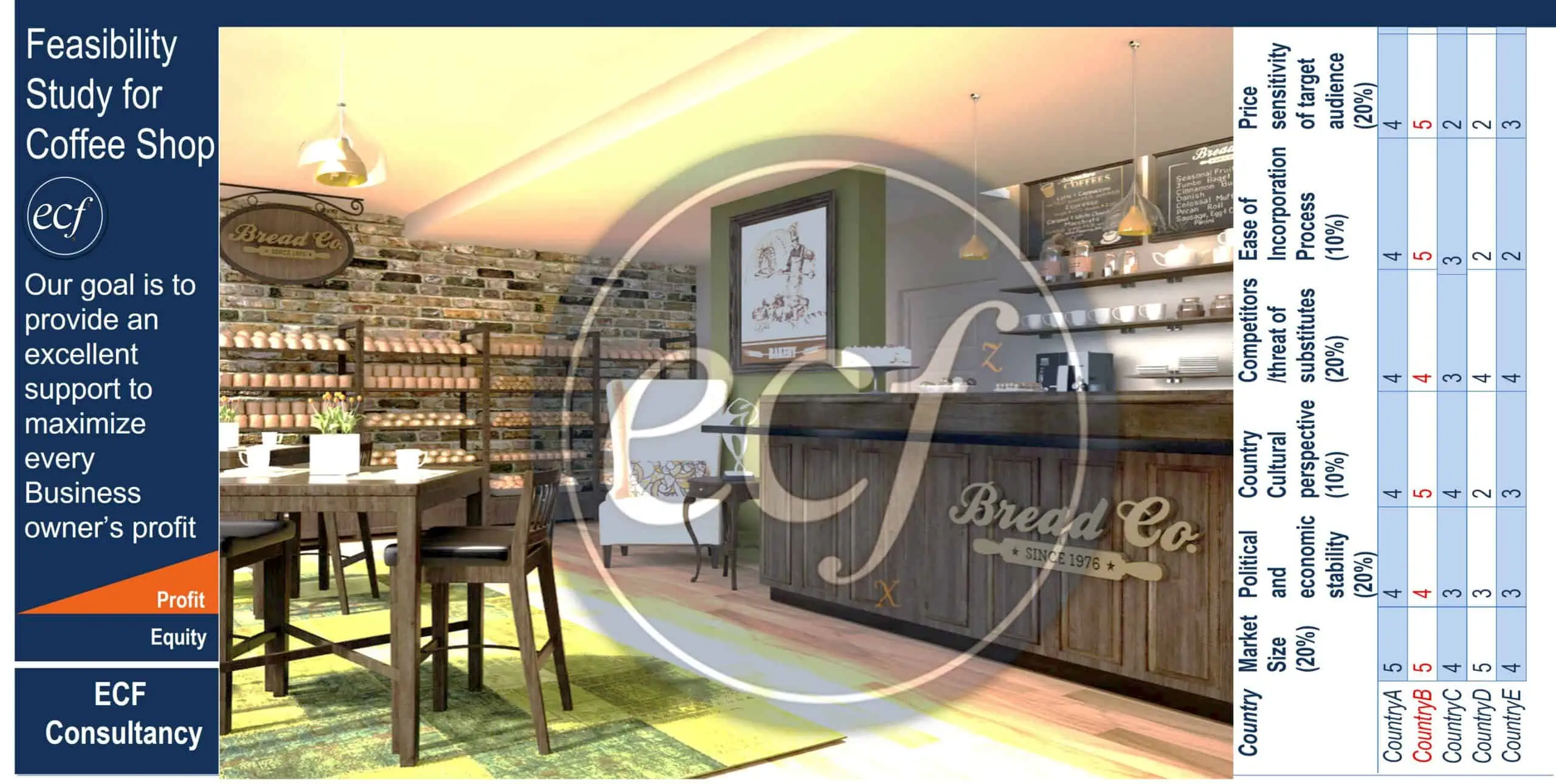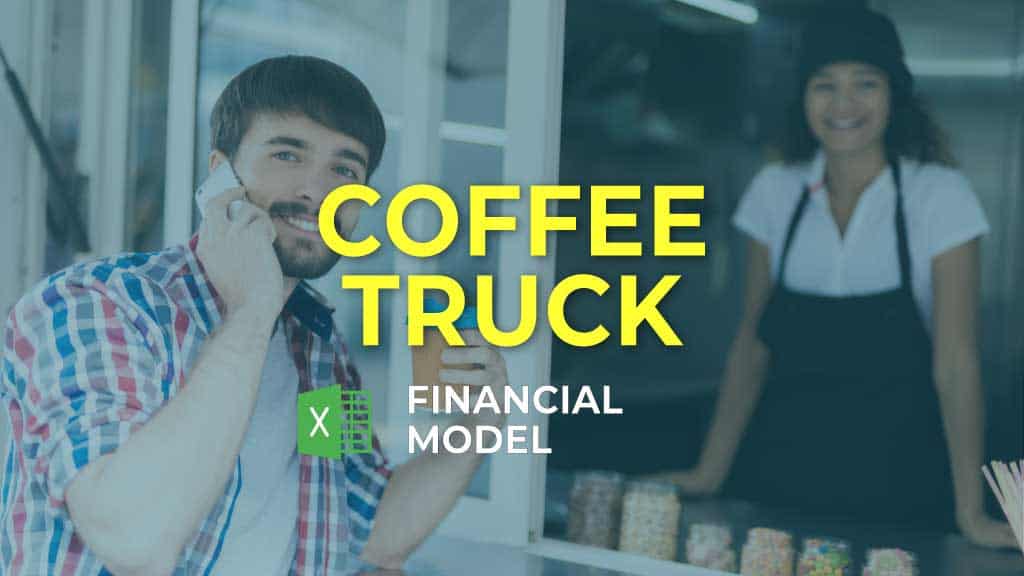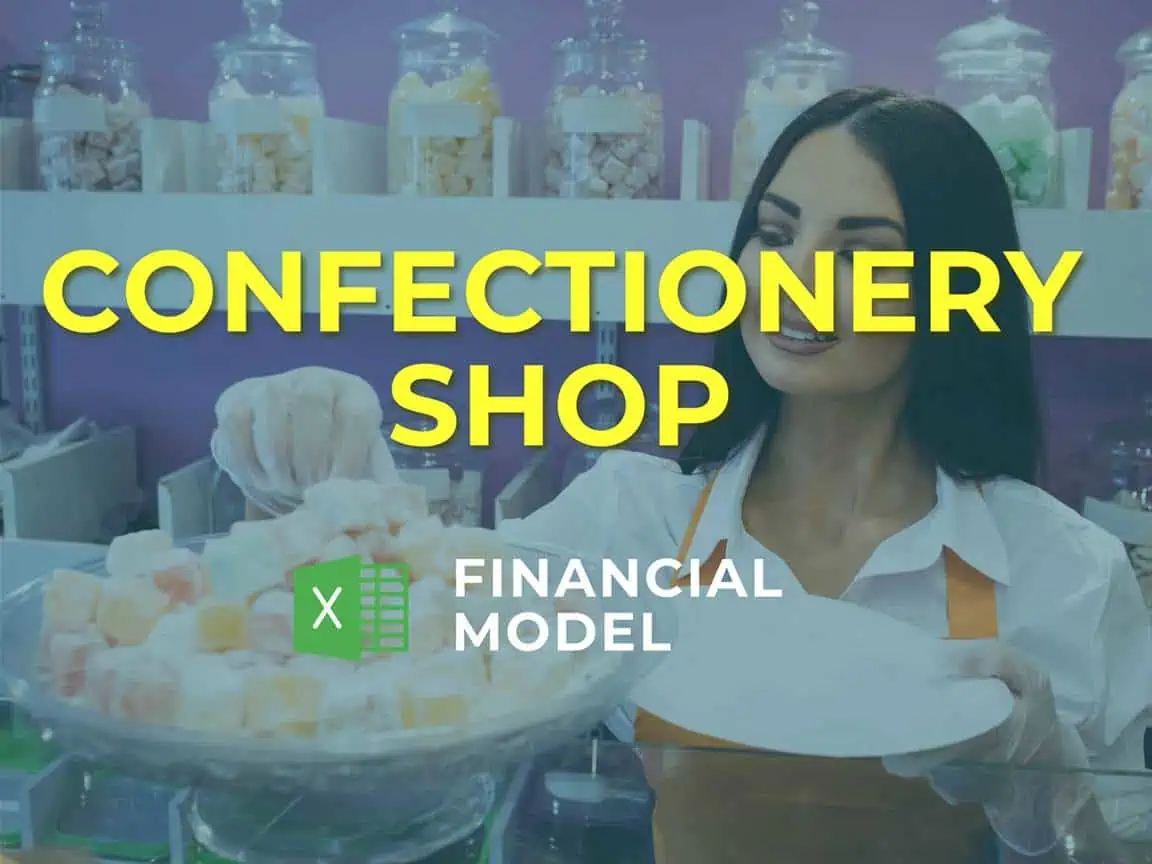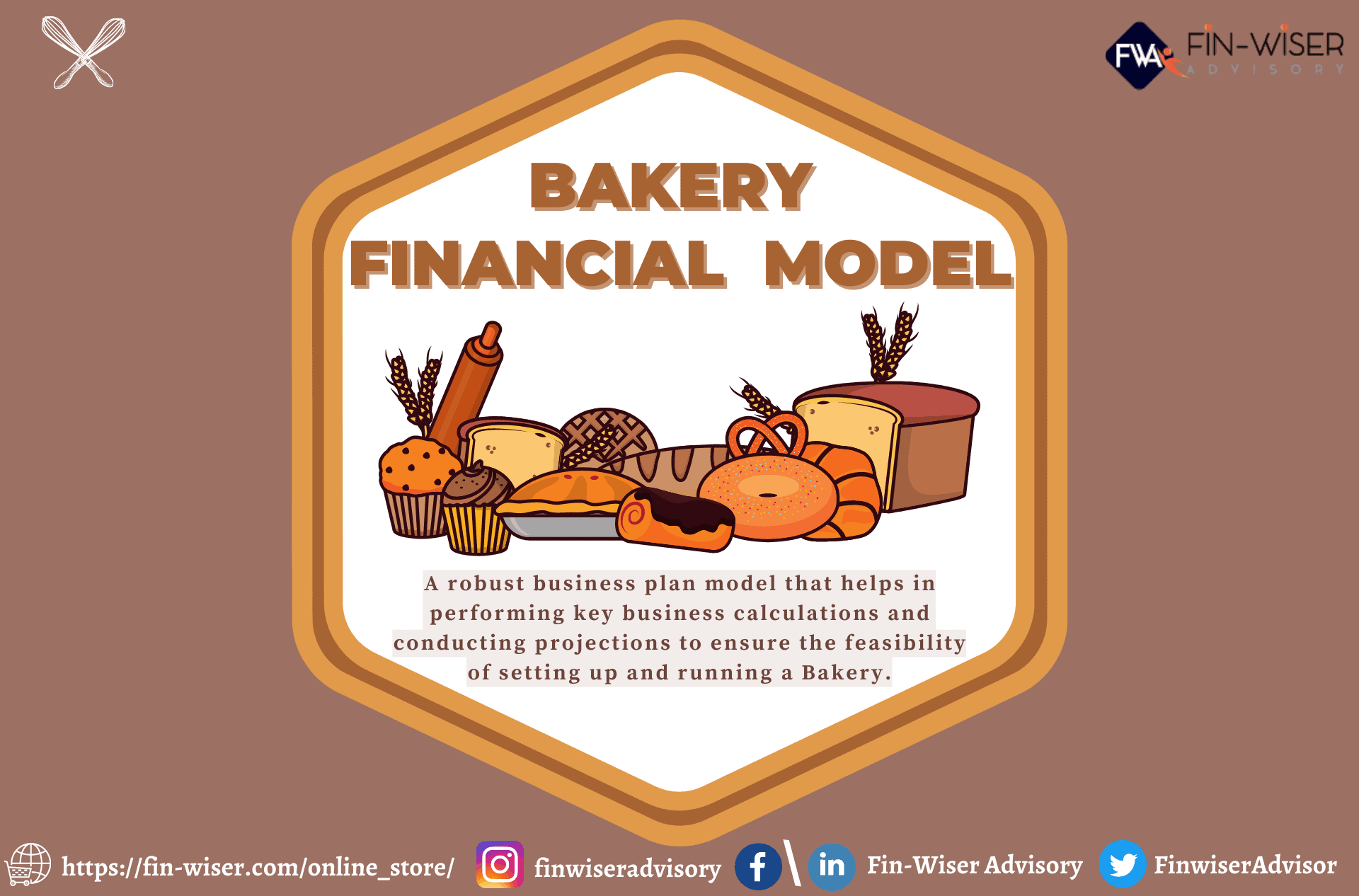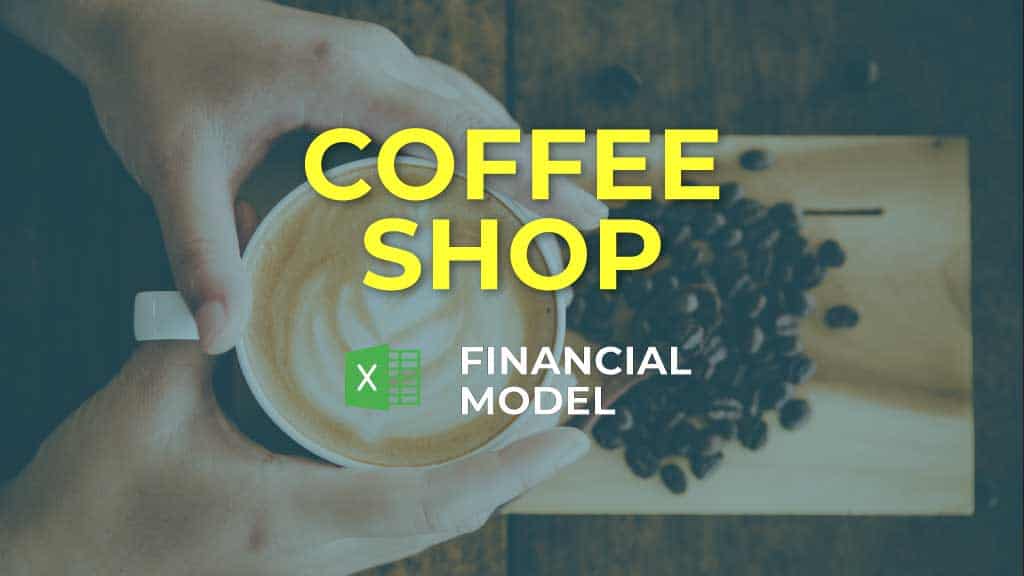Coffee Shop 5-Year Financial Model
Contains all the assumptions you need to build a financial forecast for a coffee shop, café, or a general restaurant. Input and strategize / test feasibilities.

Video Overview:
Creating a financial model for a coffee shop involves estimating the costs and revenues associated with running the business. Here are some key elements included in this financial model for a coffee shop:
Start-up Costs and CAPEX: This includes the expenses associated with setting up the coffee shop, such as equipment, furniture, licenses and permits, marketing, and legal fees.
Operating Costs: This includes all the costs associated with running the coffee shop on a day-to-day basis, such as rent, utilities, salaries, inventory, and marketing expenses. The model can plan for inventory purchases for ‘n’ months ahead of time. If ‘1’ then it will just populate purchases in the same month as the corresponding cost of goods sold.
Cost of Goods Sold: In this model, you can define each coffee types’ total cost per unit and that is used to populate the cost of goods sold in each month based on the sales volume.
Sales Projections: To estimate sales, you need to consider the location, target market, and pricing strategy of the coffee shop. Research the market to determine the potential demand for your products and estimate how many customers you can expect on a daily and monthly basis. Once you have done this, start entering in the expected monthly sales of all the hot and cold coffee types as well as up to 6 food items. You don’t have to be perfect here, but generally in the ballpark of what you expect to sell.
Revenue Streams: Revenue streams in a coffee shop can come from various sources such as sales of coffee, snacks, and merchandise, catering events, and renting out space for private events. In this model, there are 26 hot coffee types, 23 cold coffee types, and 6 food types that can all have their own pricing (up to 3 pricing tiers per type), sales forecasts, and COGS.
Break-Even Analysis: Determine the point at which your coffee shop will break even, where total revenue equals total costs.
Profit and Loss Projections: Projecting the revenue and expenses on a monthly basis can help you evaluate the financial performance of your coffee shop. This model drives down to EBITDA and cash flow per month and year as well as solves for the minimum equity investment required based on all the startup costs and operating burn. You can choose to have some of the initial costs financed with debt.
Cash Flow Projections: Estimate the amount of cash coming in and out of the business to ensure that you have enough cash on hand to cover expenses.
Return on Investment (ROI): Calculate the return on investment to determine if the business is financially viable.
By creating a comprehensive financial model for your coffee shop, you can gain a better understanding of the financial aspects of your business and make informed decisions about the future. It can also be a useful tool when seeking funding from investors or applying for a business loan.
Additional features of this template include a comprehensive cap table, DCF Analysis, IRR, and lots of visualizations. There is a connected 3-statement model included in the spreadsheet (monthly and annual Income Statement, Balance Sheet, and Statement of Cash Flows) as well as an IRR sensitivity that is run on a low, base, and high assumptions set for pricing and sales volumes.
Note, the model comes with all blank assumptions and the instructional video above will explain how to enter everything you need to in light yellow boxes.
Similar Products
Other customers were also interested in...
Vending Machine Business 5-Year 3 Statement Financ...
5 year rolling financial projection Excel model for a vending machine business generating revenue by... Read more
Startup Business Plan – Coffee Shop
If you dream of owning a coffee shop, the template is the first step in making your dream into reali... Read more
Market Entry Feasibility Study for Coffee Shops In...
This model include market entry feasibility study in word format and business plan to convert the li... Read more
Coffeehouse Financial Model Excel Template
Discover Coffeehouse Financial Projection Template. Creates 5-year financial projection and financia... Read more
Coffee Truck Financial Model Excel Template
Get the Best Coffee Truck Financial Projection Template. Creates a financial summary formatted for y... Read more
Confectionery Shop Financial Model Excel Template
Confectionery Shop Financial Plan Allows investors and business owners to make a complete financial ... Read more
Pizzeria Financial Model Excel Template
Get Your Pizzeria Budget Template. Excel template - robust and powerful. This is your solid foundati... Read more
Coffee Shop – 5 Year Financial Model
Financial Model presenting an advanced 5-year financial plan for a startup or operating Coffee Shop,... Read more
BAKERY – 3 Statement Financial Model with 5 ...
This Bakery Business Plan Model is a perfect tool for a financial feasibility study on launching a B... Read more
Coffee Shop Financial Model Excel Template
Download Coffee Shop Financial Model Template. Allows you to start planning with no fuss and maximum... Read more
You must log in to submit a review.
























